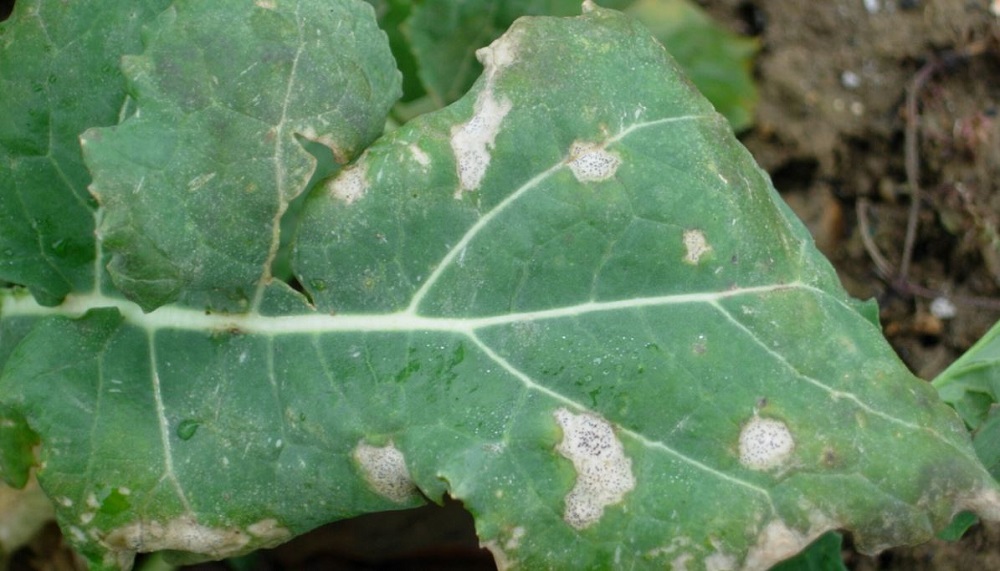
Oilseed rape growers are being warned that mid-October is set to be the peak risk period for phoma, with AHDB forecasting many crops will hit spray thresholds within a fortnight.
The levy organisation suggests that more than half of monitoring sites across Great Britain will reach the 10% threshold between 12 and 25 October.
That is the point at which one in ten plants in a crop is expected to show phoma leaf spot symptoms, according to its forecast, which uses rainfall and temperature data to assess disease pressure.
Crops with relatively low resistance ratings (7 or below on the AHDB Recommended List) and smaller, more vulnerable plants are considered most at risk. Growers are advised to treat promptly once 10–20% of plants are showing symptoms.
As in previous years, the forecast shows a wide spread of infection dates. A handful of sites in the South West have already passed the earliest threshold, while in some parts of the North East the risk is not expected to peak until November.
Sacha White, AHDB’s lead crop protection scientist, said: “The forecast mainly considers temperature peaks and dampness from mid-summer to early autumn (15 July to 26 September), because warm and wet conditions favour phoma development.
"Although summer was dry, it was the warmest on record and the more recent showers will have encouraged disease progression. As a rule of thumb, symptoms show on infected leaves after at least 20 rainfall days in August and early September.”
Most OSR varieties on the 2025/26 Recommended List carry moderate resistance levels, with ratings of 5 to 7, but some are more susceptible.
Among the most widely planted varieties, many fall below a rating of 7. A smaller number of hybrids have higher resistance scores of 8 or 9 and may not need treatment unless 20% of plants are affected.
The AHDB fungicide performance project has shown that two well-timed sprays at half the recommended label rate can provide strong control on susceptible crops.
A follow-up application is often needed four to 10 weeks later if reinfection occurs. Growers are also reminded to consider how phoma treatment fits into overall fungicide programmes, particularly with sprays targeting light leaf spot in November.
The Fungicide Resistance Action Group (FRAG) has warned of reduced sensitivity to azole (DMI) fungicides in phoma populations across western Europe, including the UK.
To minimise risk, AHDB advises alternating or mixing modes of action across the programme and applying appropriately low doses. Both azole and non-azole options provide protection when applied before infection takes hold.
